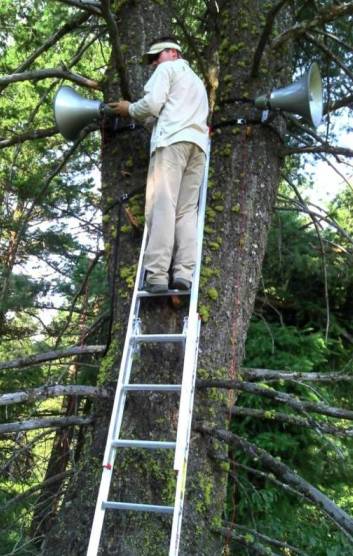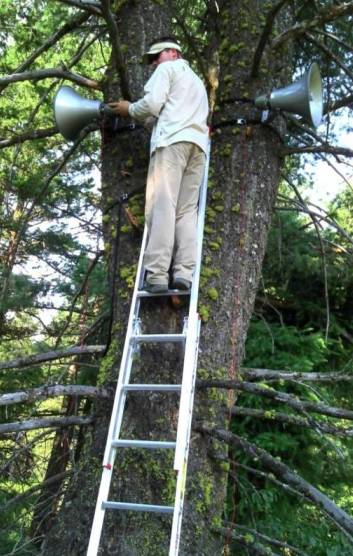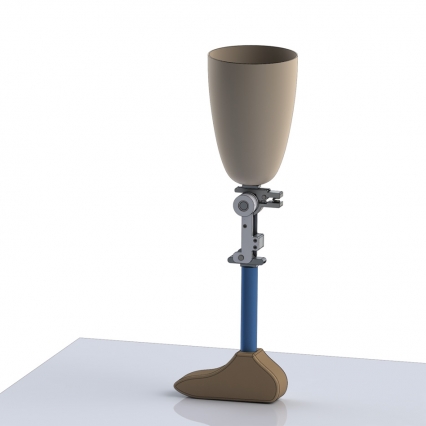Billion Dollar Bats
Busy bats are saving farmers a fortune by devouring crop-eating pests.


Volunteers go on diets of 6,000 calories per day diet to help scientists figure out the link between excess calories and diabetes.
A sea slug co-opts a seaweed’s chemical defenses and its ability to harvest energy from the sun.
Cells in the immune system follow chemical “breadcrumbs” to find their way to an infection site.


Plants can help remove explosive toxins from land surrounding military sites and conflict zones.

When infected with a fungus, ants know how to get their medicine and how much to take.



The microbes in your household dust can reveal information about your home’s location, who lives there, and even your pets.


Should regulations that limit genetic engineering research be modified to allow GMO trees?

When a familiar place changes, two brain regions work together to update our memories.

Our unique predatory behavior puts other predators, as well as entire ecosystems, at risk.

A book that purifies water could help reduce waterborne illnesses in developing countries.

A new paint made up of the constituents of glass is durable, resilient, and environmentally friendly.

A new study suggests baby marmosets’ calls change as they grow up - questioning more than 50 years of conventional wisdom about primate vocalizations.

Engineers produce mechanical prosthetic knees for patients in developing countries.
